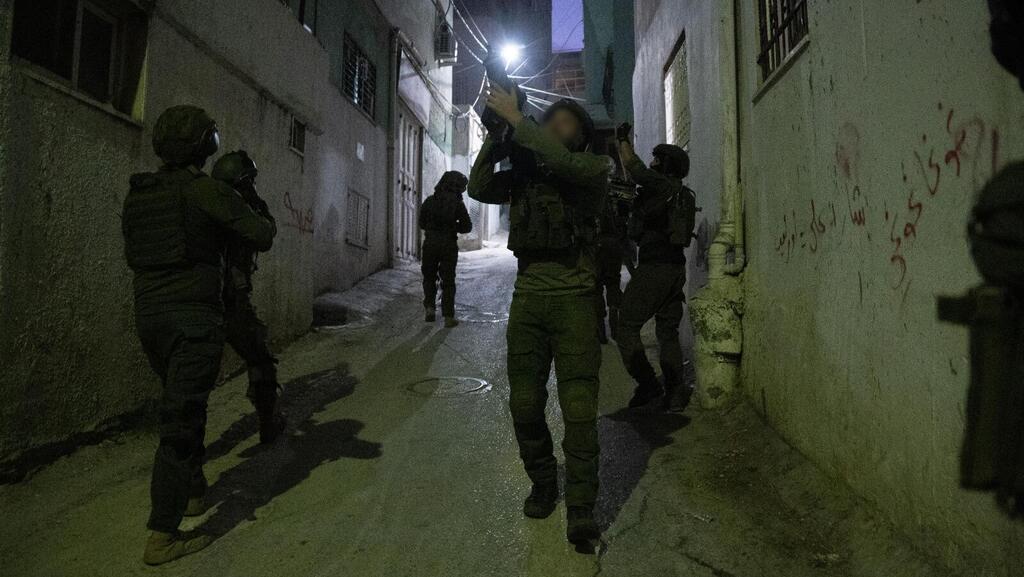Footage of IDF operations in the West Bank
(Video: IDF Spokesperson’s Unit)
The decision, however, strains the IDF’s limited forces, with additional battalions—likely including reserves—set to deploy in the Judea and Samaria Division for the High Holidays and the Palestinian olive harvest, expected this fall alongside Jewish festivals.
“We have more work in northern Samaria, the refugee camps and challenges organizing the area and infrastructure there. It stabilizes security, disrupts cells and suppresses terror, significantly cutting civilian casualties from roadside bombs in Samaria,” the IDF said in a statement.
The Palestinian olive harvest, coinciding with the Jewish holidays, unfolds against a backdrop of reports of rising violence by extremist Jewish settlers against Palestinians in the West Bank since early 2025.
The military plans to deploy a security network around harvest sites to prevent clashes and violence, aiming to replicate last year’s success in securing 95% of approved areas. Currently, half of the security forces in the West Bank are active-duty troops, a shift from the reserve-heavy presence since October 7, 2023.
The Paratroopers Brigade, withdrawn from Gaza in July, now handles routine security operations in the region to allow reservists summer leave, though this balance may shift during the holidays and Gaza plans requiring active-duty units.
Central Command has begun a series of lessons-learned discussions following a surprise General Staff exercise last week, simulating a multi-front war starting in the West Bank.
The scenario involved infiltrations from multiple points along the Jordan border, diversionary attacks and Iranian missile barrages, exposing challenges in rapidly mobilizing forces along Israel’s longest border. The drill also included a drone attack on Ramon Airport in southern Israel.
A larger field exercise is slated for the coming weeks, extending beyond headquarters drills, involving available forces to support routine security troops. This will include IDF units training in the Jordan Valley and Dead Sea slopes, such as the Kfir Brigade.
The drill also highlighted delays in constructing a new, heavily funded border barrier, with most of the frontier still relying on minimal fencing, surveillance and observation tools. “Strengthening the barrier will take time, but we already have more detection and collection tools in areas with fewer forces,” the IDF explained.
“The upcoming large exercise will test a new air force model—faster and more lethal than before—alongside deploying the new 96th Division, fully staffed next year. The sector’s size is challenging, but we border a peaceful Jordan with good coordination.”
The IDF closely monitors Jordan’s struggles with the Muslim Brotherhood challenging local leadership and Iran’s persistent efforts to destabilize the Hashemite kingdom, which could directly affect Israel, alongside terror groups in Jordan capable of swift border attacks.
“We’re not in October 2023, with no terrorists training with trucks for incursions and takeovers along the Jordan border,” the IDF said. “But our preparations must address the most dangerous scenarios. Central Command aims to keep Judea and Samaria a secondary front, freeing resources for the General Staff to focus on other theaters like Gaza.”







